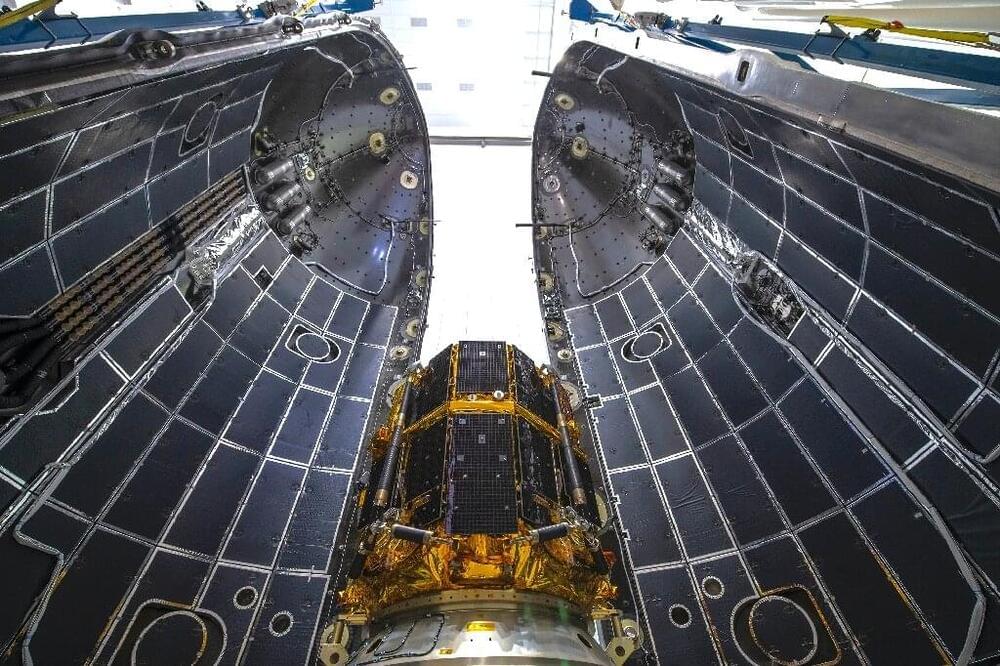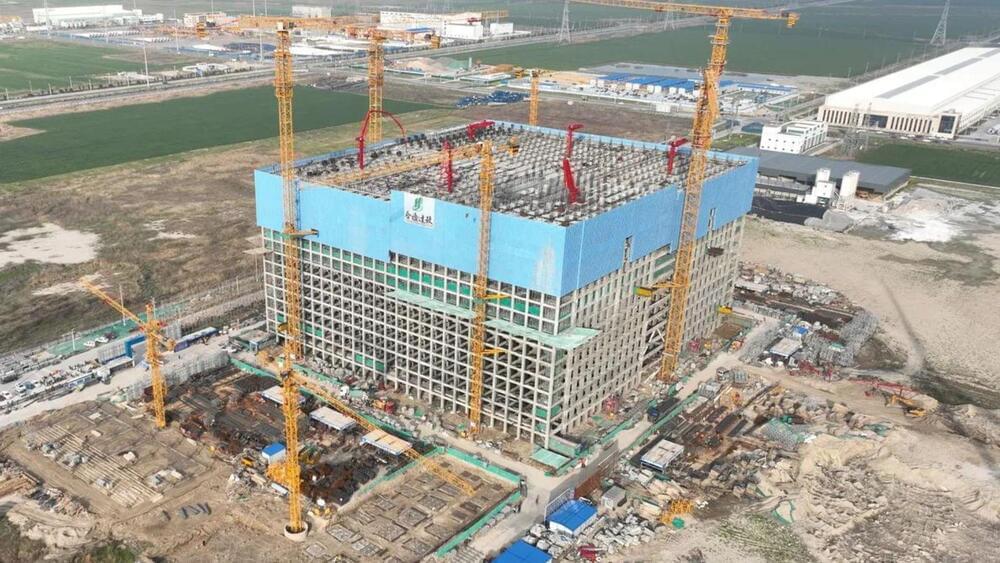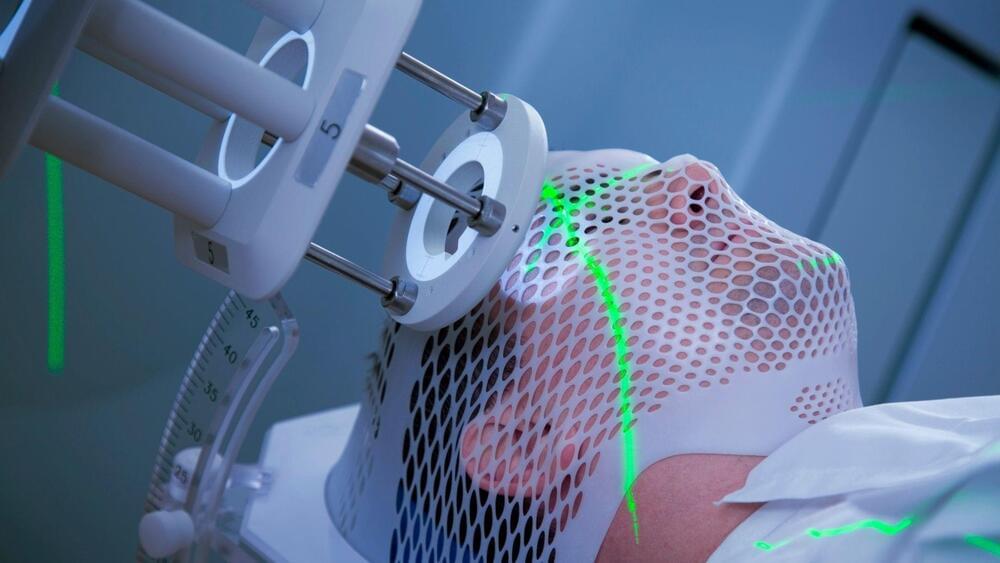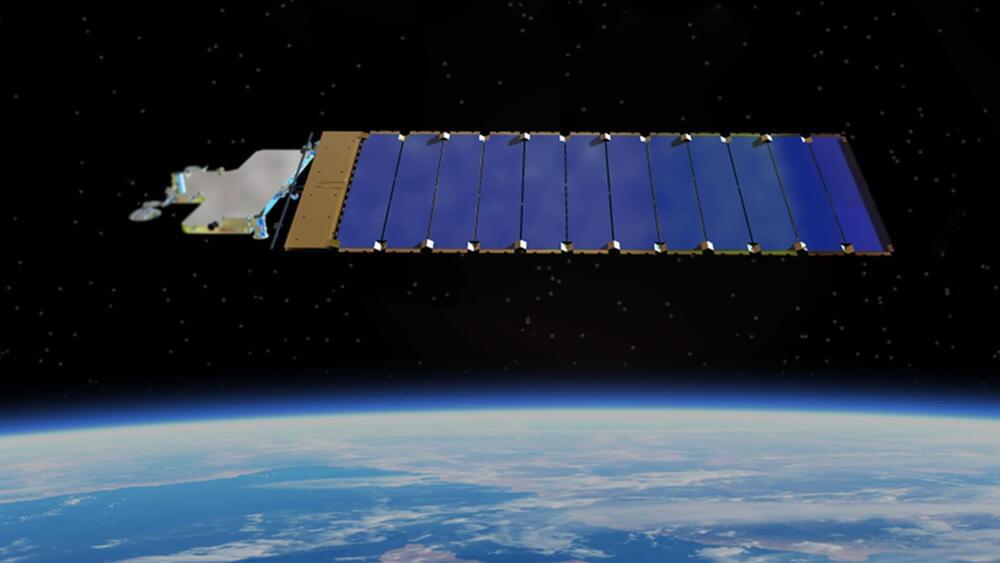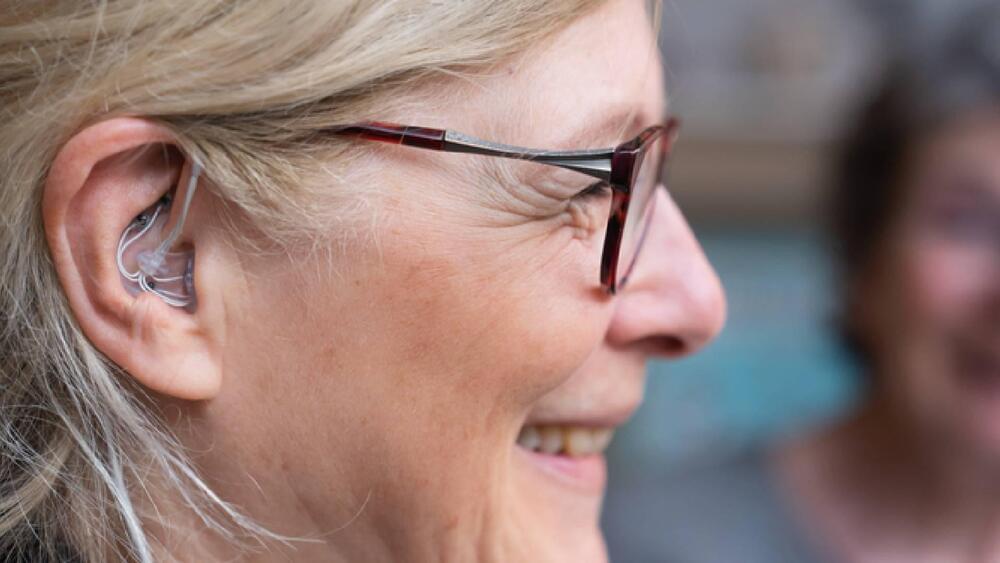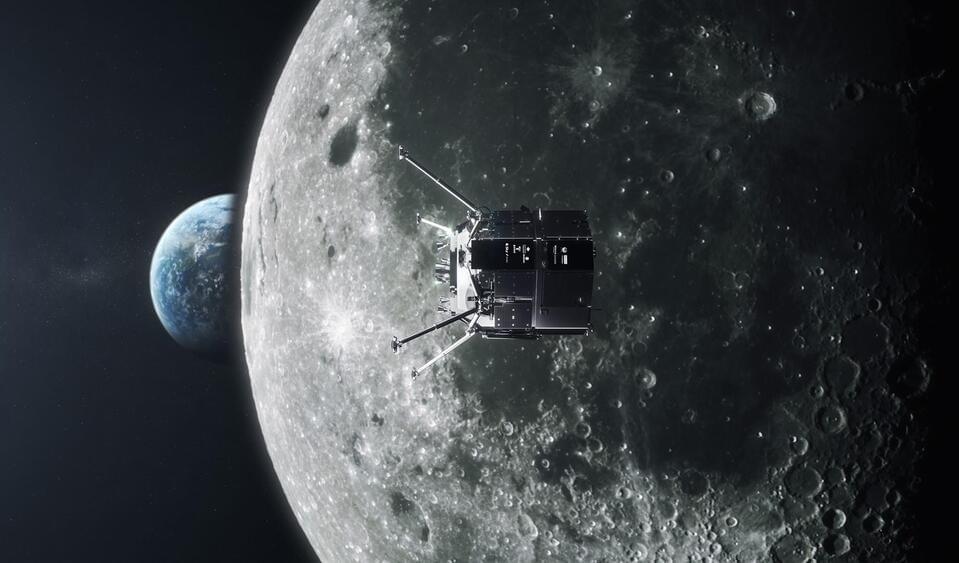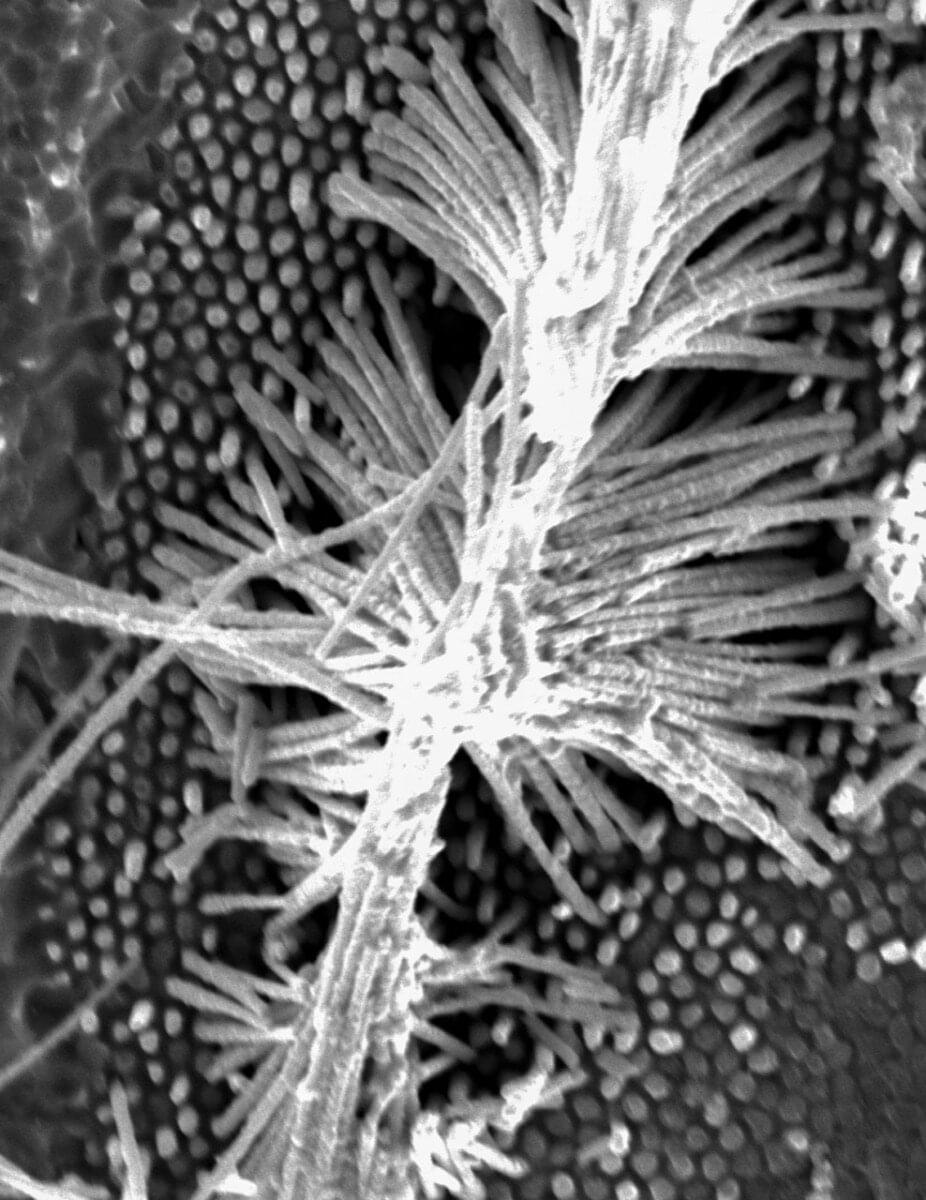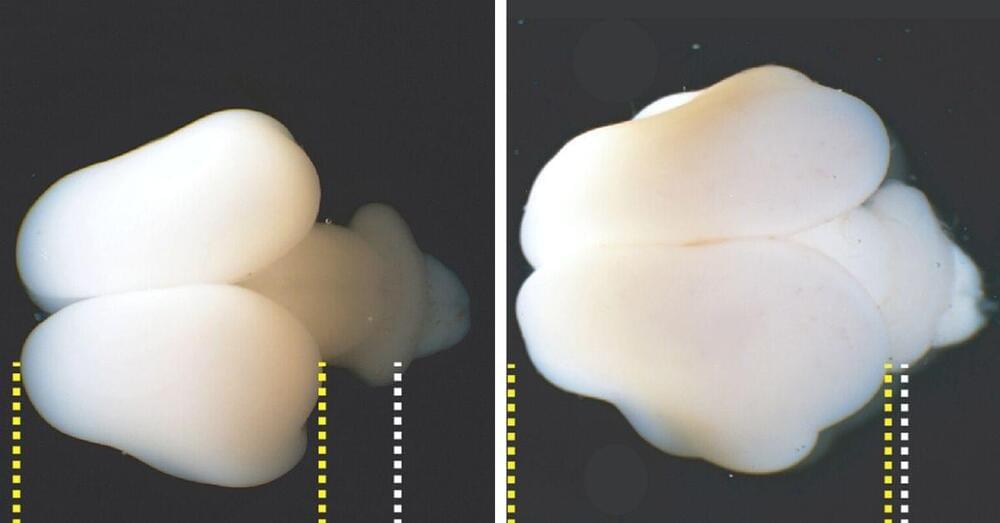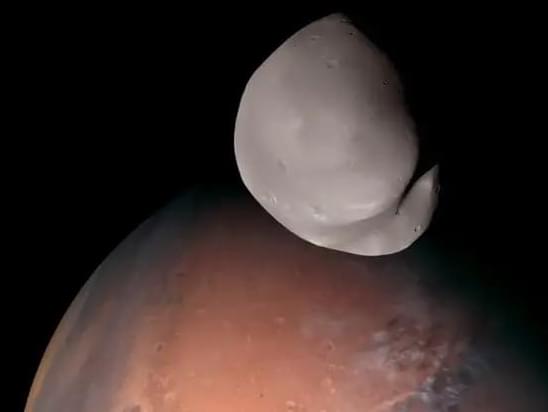Kurzweil says NO, on AI pause non sense.
By Ray Kurzweil April 2023
Regarding the Open Letter to “pause” research on AI “more powerful than GPT-4,” this criterion is too vague to be practical. And the proposal faces a serious coordination problem: those that agree to a pause may fall far behind corporations or nations that disagree. There are tremendous benefits to advancing AI in critical fields such as medicine and health, education, pursuit of renewable energy sources to replace fossil fuels, and scores of other fields. I didn’t sign, because I believe we can address the signers’ safety concerns in a more tailored way that doesn’t compromise these vital lines of research.

